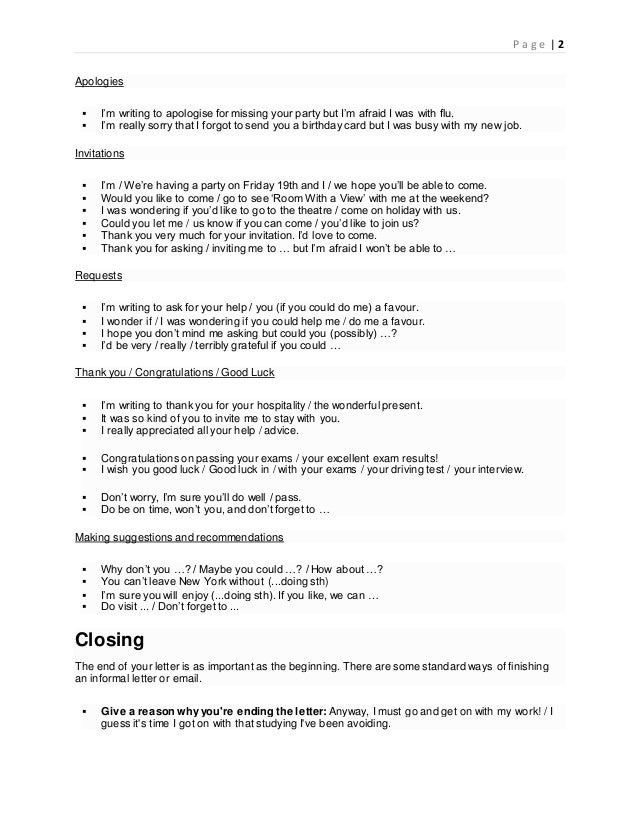

title and form of address for heads of state, ministers and other dignitaries of that state.language of written communications (English, French or Arabic).The OLA specifies the protocol requirements of each member state for: WHO headquarters maintains an Official List of Addressees, known as the OLA. It is not our purpose here to show you all the possibilities for formality in letter-writing rather, our intention is to make you aware that there are very specific requirements for many types of letters, and that being unaware of these formalities will delay the delivery of your message. This statement is followed by the signature but without 'Yours sincerely’. Cordially carries personal undertones to a formal situation. Nevertheless, a salutation should still be. Cordially You may use this ending instead of Yours sincerely when the reader is of acquaintance but is still on formal terms with you. Most people will never use a formal salutation/ending in E-mails which are usually more informal than letters. It's a shortened form of the phrase Your attention is much appreciated. For these addressees, WHO uses the formal closing 'Please accept, Sir (Madam), the assurance of my highest consideration’. This close can be a perfect ending for a formal letter of thanks. You may include a header to inform the recipient of the letter topic. This may include their name, address, contact details, job title and company name. However, letters to dignitaries such as heads of state, ambassadors and ministers require the highest level of formality. Below the date of writing, you can write the recipient's personal information. Some formal WHO correspondence is not highly formal, and protocols may allow use of the first person (I, we, my) rather than the third person (he, his, she, her).

Always consult the appropriate set of formal guidelines before you complete a formal letter.Įven formal letters vary in their degree of formality, depending upon both the addressee and the sender. Salutations, first paragraphs and closings vary according to the position of the person with whom you are corresponding, and the position of the person for whom you are writing. It does not really matter whether you start with Veuillez agréer or Je vous prie d’agréer. This ending restates the sincerity of your letters. A common favourite for closing a semi-formal business e-mail is cordialement. Sincerely (or sincerely yours) is often the go-to sign off for formal letters, and with good reason. WHO has very specific requirements for openings and closings in formal correspondence. Closures: formal Traditionally, French business correspondence ends with one of various silly long-winded formulae, although particularly in the case of e-mail correspondence, these are starting to go out the window. If you have to write a formal letter, you must ensure that the letter meets all protocol requirements.


 0 kommentar(er)
0 kommentar(er)
